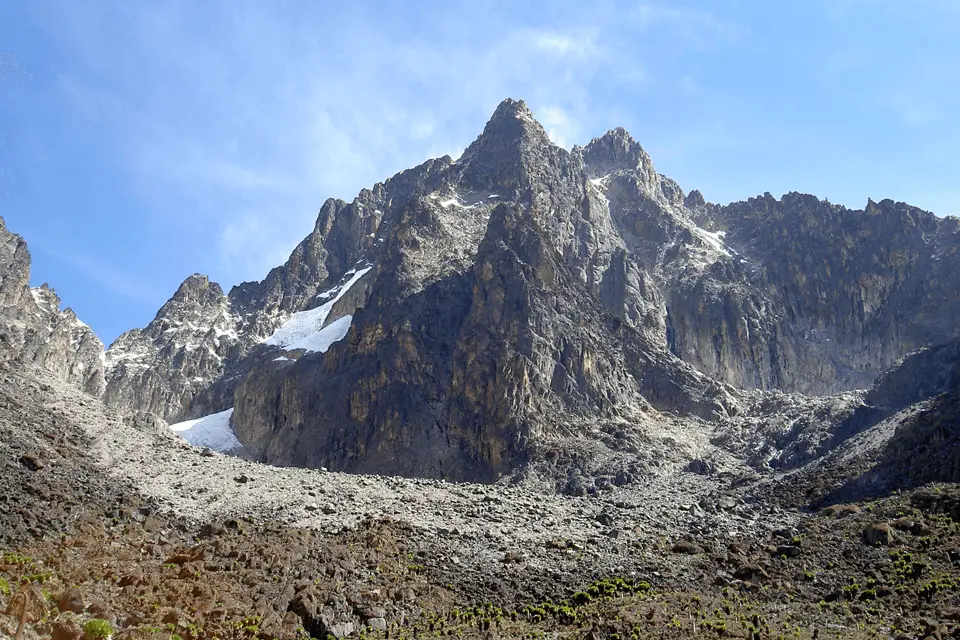Mount Kenya National Park is located in central Kenya and is named after the main physical feature - Mount Kenya. The park was gazetted in 1949 to protect Mount Kenya and the surrounding ecosystem of plants and animals.
As the second tallest mountain in Africa, Mount Kenya has various climates from the base of the mountain up to the snowcapped peaks. The scenery of lakes, rivers, glaciers and many altitudes adapted plants and animals is breathtaking.

Activities
On your visit to Mount Kenya National Park, you can enjoy any of these activities.
- Mountain Climbing
- Wildlife game viewing
- Cave exploration
- Bird watching
- Camping
- Photography
When To Visit
Mount Kenya National Park can be visited at any time of the year. The temperatures are lower than the other parts of Kenya and rains are heavier at higher altitudes.
The dry months of June to September and December to March are the best recommended time to visit Mount Kenya National Park. This is because you will have fewer interruptions from the weather, especially the very heavy rains.
If you intend to climb up to the peak, make sure that you have packed all the essentials as well as you are physically ready.
Related article: When is the best time to visit Kenya?
Getting There
You can get to Mount Kenya National Park by both road and air. Mount Kenya National Park is located about 175 kilometres west of Nairobi and can be driven to in less than 3 hours.
You can also use a local chartered flight from Nairobi and fly directly to the nearest airstrip of Nanyuki.
Where To Stay
There are plenty of accommodation options in Mount Kenya NP. There are several campsites which are well maintained.
As the altitude rises, the options will automatically become limited. Don't expect fancy accommodation on the way the towering peaks.
